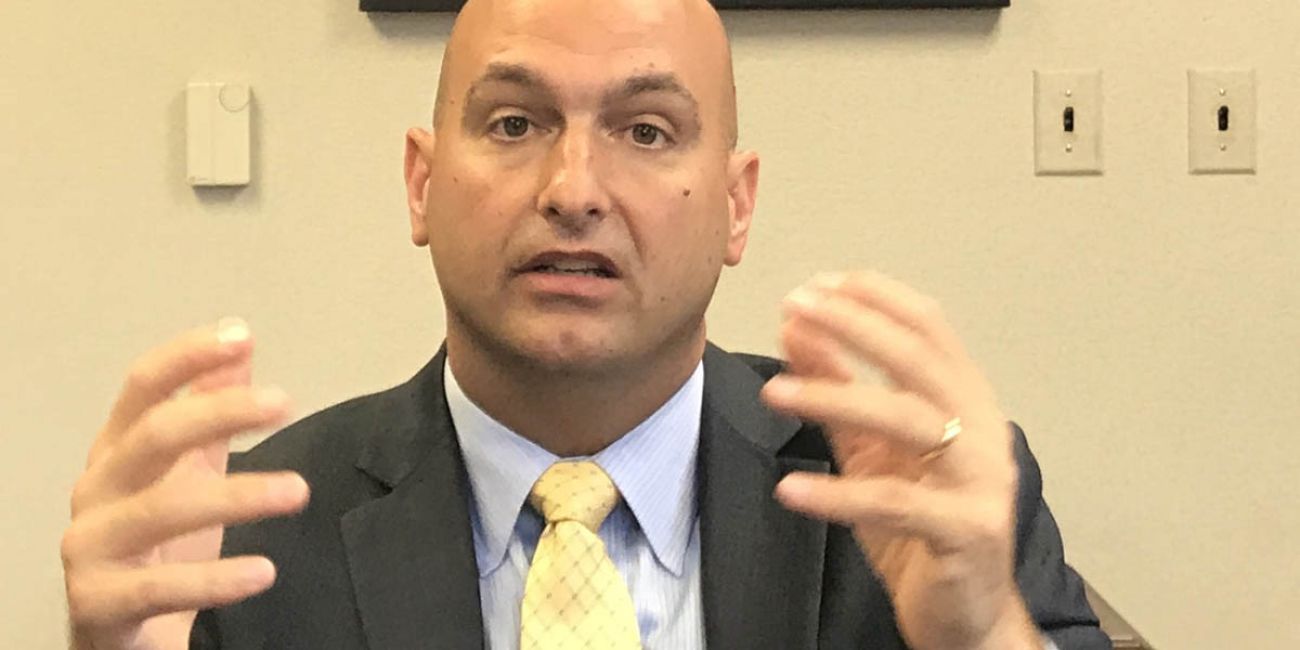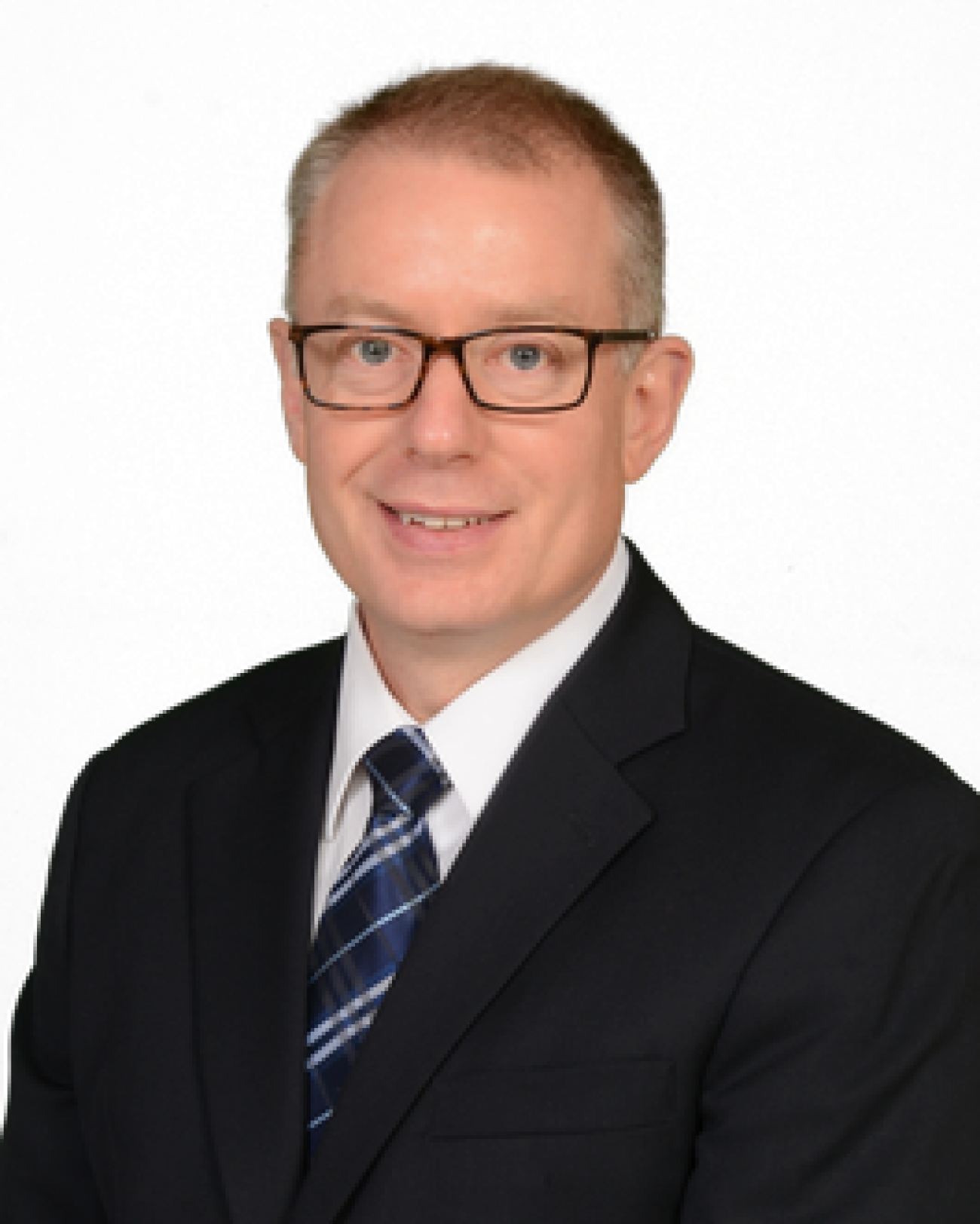Michigan teacher retirements appear level, despite fear of huge exodus

- State public school employee retirement numbers in July are in line with previous summers
- Some districts have teaching vacancies but the Detroit Public Schools Community District will be fully staffed
- Some leaders say they have the money to hire more mental health professionals but the not the people to hire
As Michigan superintendents gear up for the new school year, they have concerns about filling some typically hard-to-fill jobs, including in special education and finding people who can help students navigate mental health issues.
But there is also some cause for optimism after years of classroom exhaustion and fear that Michigan would suffer a huge teacher exodus following the pandemic. The number of Michigan public school employees who applied for retirement benefits in July was just over 3,100 – about the same as 2021 levels and below earlier years, including in years before COVID-19 hit, records reviewed by Bridge Michigan show.
Related:
- Michigan fast-tracks teaching as second career, but questions about rigor
- Michigan’s teacher shortage: What’s causing it, how serious is it, and what can be done?
- Short on teachers, Michigan schools try to grow their own
- Facing teacher shortage, Michigan may ease path for out-of-state educators
And in Detroit, where Michigan’s largest school district suffered for years with teacher shortages, classrooms are fully staffed for the 2022-23 school year, Superintendent Nikolai Vitti told Bridge in an email.
Just five years ago, Vitti noted, just 12 percent of Detroit schools had full staffing levels. He attributes the district’s success in hiring and keeping more teachers in recent years to long-term planning, higher teacher pay and a program that acknowledges the expertise and mentorship abilities of top-flight teachers.

To be sure, many districts — notably rural districts — still struggle to find classroom teachers and those certified in certain specialties. But an infusion of money from the state government and from Washington during the pandemic has brightened the outlook within the Michigan education community.
In February, the Michigan Education Association, the state’s largest teachers’ union, released a survey indicating that a large number of teachers intended to leave the profession within the next two or three years.
But so far, what little data Michigan provides on the teaching profession does not signal a mass departure.
Last month, 3,120 school employees applied to begin receiving pensions as part of the public schools employees retirement system (MPSERS). July is typically the largest month for applications in the year. The number who applied this July is similar or below pension application numbers in previous years, state data shows.
The retirement numbers are far from perfect. For one, they typically only reflect educators who began working in the public schools before 2010. And they do not reflect those teachers who left the profession before reaching retirement age.
Despite the limitations, Thomas Morgan, an MEA spokesperson, told Bridge there is a sense of optimism in Michigan, much of it having to do with elected officials stepping up to more fully fund the public education system.
Morgan noted that the new education budget — negotiated between Democratic Gov. Gretchen Whitmer and the Republican-led Legislature — provides $9,150 in per-pupil funding this year, which can be used to increase teacher pay and provide retention bonuses instead of “more frivolous endeavors, for example, new administration buildings and things like that.”
There is not a statewide database that provides real-time data throughout the year with just how many teaching vacancies exist. But, a statewide job listing site for Michigan schools had over 1,200 job listings Monday afternoon.
“So it really depends on the individual district’s needs, but it's still a massive problem,” Morgan said. “And it's a problem that we need to solve. But at the same time, we do believe that there's light at the end of the tunnel. That is a very positive sign that the legislature was able to work in a bipartisan fashion and set politics aside to pass a historic budget.”
School districts also have more money this year to hire mental health professionals, thanks to federal COVID-19 funds earmarked to help students catch up on pandemic learning loss. But districts don’t necessarily have the people to fill those spots. Special education teachers 一 which have long been a concern for superintendents 一 are also hard to come by.
And not every Michigan has a full roster of teachers. There are, for instance, a significant number of vacancies in Grand Rapids. Grand Rapids Public Schools said it is looking to hire around 100 teachers and more than 200 support staff to serve its nearly 14,000 students.
Just east of Detroit, Eastpointe Community Schools still has 18 teacher vacancies. Superintendent Christina A. Gibson said hard-to-staff spots include special education, math and science, and grades three through five.
At Norway-Vulcan Area Schools in the Upper Peninsula, Superintendent Lou Steigerwald said he has cobbled together a nearly full staff but is still looking to fill one section of physics.

Craig Thiel, research director at the Citizens Research Council of Michigan, which closely studies teaching levels, said it’s impossible to divorce what is happening in the education labor market from the rest of the market. With a “very tight” labor market, wages go up and some people with teaching degrees may choose to not even go into education.
“I wouldn't doubt that some schools are having harder times than other schools in this current moment filling jobs, but that's always been the case — that literally has always been the case,” Thiel said. “Now, maybe more schools are having a harder time. But you've always had a subset of schools and districts that have had plenty of interest in the jobs that are open in their district.”
Some attrition is normal. Superintendents expect to fill vacancies when people retire. But they have also worried for years that there are not enough students in college education programs looking to fill future teaching vacancies.
And that is only one of many concerns that keep superintendents and principals awake at night. They also worry about the toll that COVID, disputes over masks, vaccinations and remote learning, as well as culture war battles over the teaching of race and gender have had on classroom teachers.
In response, the state and many individual districts have taken a kitchen sink approach to attracting and retaining teachers, from making it easier to attain a teaching certification to removing obstacles for retired teachers and student-teachers to work in classrooms.
The state’s new school budget includes $250 million for grow-your-own programs, scholarships for college students working to become teachers and stipends for student teachers who have historically had to work for free. But superintendents and education experts acknowledge it will take time for schools to see the benefit of those investments and that more data is needed to fully capture whether they will succeed.
Thiel said there is a mix of good news and bad news in the latest staffing news: The good news is that state leaders are paying attention to the issues schools districts are reporting when it comes to teacher vacancies. The bad news is that “we’re still trying to solve these problems with imperfect information or in some cases, no information.”
“Our hands are kind of tied in kind of presenting what the demand for teachers (is) statewide at any one moment; either broadly teachers, or specific classrooms, or specific districts,” Thiel said.
But broadly speaking, public school employee staffing is up and the student-to-teacher ratio is down, Thiel said.
Superintendents still find plenty of challenges
Algonac Community Schools in St. Clair County serves about 1,400 students. Superintendent Al Latosz told Bridge that when there are vacancies within special education, other special education teachers can have higher-than-ideal caseloads and students get their minimum number of service hours rather than their maximum.
Latosz and L’Anse Creuse Public Schools Superintendent Erik Edoff said they both have the money to hire more mental health professionals than before but it has been hard to fill those spots.
“It's an academic intervention, really, to triage to assist students who have barriers in their personal lives, in their social lives, in their socioeconomic condition, whatever it might be, that prohibits them from being on equal footing with other students when it comes to learning through the school day,” Edoff said. “So these people give support to those students that need it so that they can learn in the classroom.”
If teachers are consistently spread too thin, that can also impact whether they want to stay teaching in a district or stay teaching anywhere, said Tara Kilbride, assistant director for research for Michigan State University’s Education Policy Innovation Collaborative (EPIC).
At Eastpointe, Gibson also worries about meeting special education students' needs.
“Those are our most vulnerable at-risk children and those are the hardest people to find,” she said. “So it's really hard to meet their needs when you can't find the people to do it. And yet, there's this high public demand and legislative demand. And this never-ending spiral where the blame game happens and really, it's not about blame. It’s about we’re stronger together than we are apart.”
Last fall, Michigan school officials also reported a shortage of paraprofessionals needed to help students with disabilities.
At Norway-Vulcan, Steigerwald said he had to “poach” teachers from two other districts meaning that he created vacancies elsewhere. One of the people he hired will teach social studies despite not teaching that subject before, so the superintendent pursued an emergency certification for this teacher.
Steigerwald said he is also exploring options of partnering with a local community college or having students learn online to receive credit for physics class. He said he looked all summer for a music teacher but ultimately couldn’t find a person willing to take the job so there are no music classes scheduled for his students.
Detroit changed the game
Detroit’s school system significantly raised teacher wages in recent years. According to Vitti, the top step salary for a teacher with a master’s degree was $65,265 in 2017. It’s now $81,120.
The district launched its own alternate route teacher certification program in 2021. Two-thirds of its participants are current district employees. In 2021, the district trained 51 people to be teachers and in 2022 trained 45 people for teaching roles.
District spokeswoman Chrystal Wilson said the district is not using long-term substitutes to fill teaching positions and said she was not aware of new teachers being hired to teach subjects outside of their certification.
DPSCD is still looking for more hourly cafeteria workers.
Building enthusiasm for teaching
Latosz said the Algonac district is in the early stages of working with its intermediate school district to encourage K-12 students who go to college teacher prep programs to come back to the district once they have their degree and certification.
Kilbride, the researcher, told Bridge there are a “concerning number” of people who become certified teachers but then do not teach in Michigan public schools. They may go to private schools, schools in another state, or work in another profession entirely.
“So it’s not only a matter of needing more people who are interested in becoming teachers and completing those programs,” Kilbride said. “But we need to make sure that we're doing a good job of keeping them in a profession and getting them into the classroom to begin with.”
David Arsen, an MSU professor of education policy and educational administration, said that in studying rural school districts for the last three years, one issue is that poor broadband makes it hard for new teachers who are well-trained on technology to bring that technology into the classroom.
“There's no question by many different measures that rural schools are having a heck of a time hiring teachers,” he said.
He said schools play important rules in every community but in rural communities, schools are often the largest employer. Teachers prepare students to be productive employees in their local area. But it’s often hard to convince recently-graduated new teachers to join the rural areas.
“Young people graduating from college and so forth, teacher prep programs, are reluctant to go to these remote places. If they're single, they might not be able to find a spouse. There's not many choices to go out to dinner….it’s a kind of setting that’s a hard sell,” he said.
At L’Anse Creuse in Macomb County, Edoff said there is also the concern that some of the hallmarks of a good education — structure and in-person work — are at odds with what young employees often want, including flexible jobs.
He said the solution isn’t using Zoom videos at 1 a.m. to teach children but there should be a larger discussion on whether educators can sell the teaching profession to college graduates as “extremely rewarding.”
Edoff said his district is attracting candidates from other districts rather than directly from university education preparatory programs.
But that isn’t the only competition.
Gibson, of Eastpointe, said the district is “competing against private industry that allows people to work from home, that allows remote work and flexible schedules and so I think it's a real opportunity in public education to talk about, you know, when and how children learn and how we run organizations that serve the communities, the families and the children.”
Gibson said she used to be able to rely on university education preparation programs but not anymore.
“I don't get those candidates here in Eastpointe Community Schools. We get candidates that don't have the certification, that have the compelling ‘why,’ and that desire to make a difference in the lives of children in their community. And I think that that's a really big shift. Not hiring for a pedigree, but hiring for those behaviors and beliefs that are so critical to impacting learning.”
She said that “having a highly skilled, highly trained veteran teacher is the ideal” but “we’re not living in the ideal right now. I think the best impact for students is to have an adult who is consistent, reliable and cares about them.”
The district has a new partnership with Northern Michigan University to help existing school district staff earn a teaching certificate. It’s a fully online program: the district commits to paying tuition for staffers to get their teaching certification and the university provides the instructors. The district has committed $500,000 in federal COVID-19 funds which Gibson said could fund up to 40 people becoming teachers. Those taking part in the program commit to stay in the district for three years.
What about substitute teachers?
Last school year, as schools tried to keep doors open while staff members were out sick, the Legislature approved a law that gave schools more flexibility by allowing any school employee to substitute even if they did not have any college experience but that law expired at the end of June.
Latosz said he checks his computer each day just to see if there is any flexibility going to be provided for substitute teachers again this year. He said when there aren’t enough substitutes, building administrators become substitute teachers and other teachers fill in for classes during hours normally set aside for lesson planning. It also means a teacher may double up on students so every child is supervised. Or a school can cancel classes like physical education for a day so the gym teacher can substitute in a classroom.
“It's all at a cost,” he said. “It's not what you want to be doing.”
Scrambling for staff has also changed the game on teacher retirements. He said there used to be a time when he would hold teacher buyouts, creating an incentive for teachers close to retirement age to retire faster.
“It’s entirely (the) opposite now. I want to keep them as long as I can because I can't replace them,” Latosz said.
Michigan Education Watch
Michigan Education Watch is made possible by generous financial support from:
Subscribe to Michigan Health Watch
See what new members are saying about why they donated to Bridge Michigan:
- “In order for this information to be accurate and unbiased it must be underwritten by its readers, not by special interests.” - Larry S.
- “Not many other media sources report on the topics Bridge does.” - Susan B.
- “Your journalism is outstanding and rare these days.” - Mark S.
If you want to ensure the future of nonpartisan, nonprofit Michigan journalism, please become a member today. You, too, will be asked why you donated and maybe we'll feature your quote next time!





